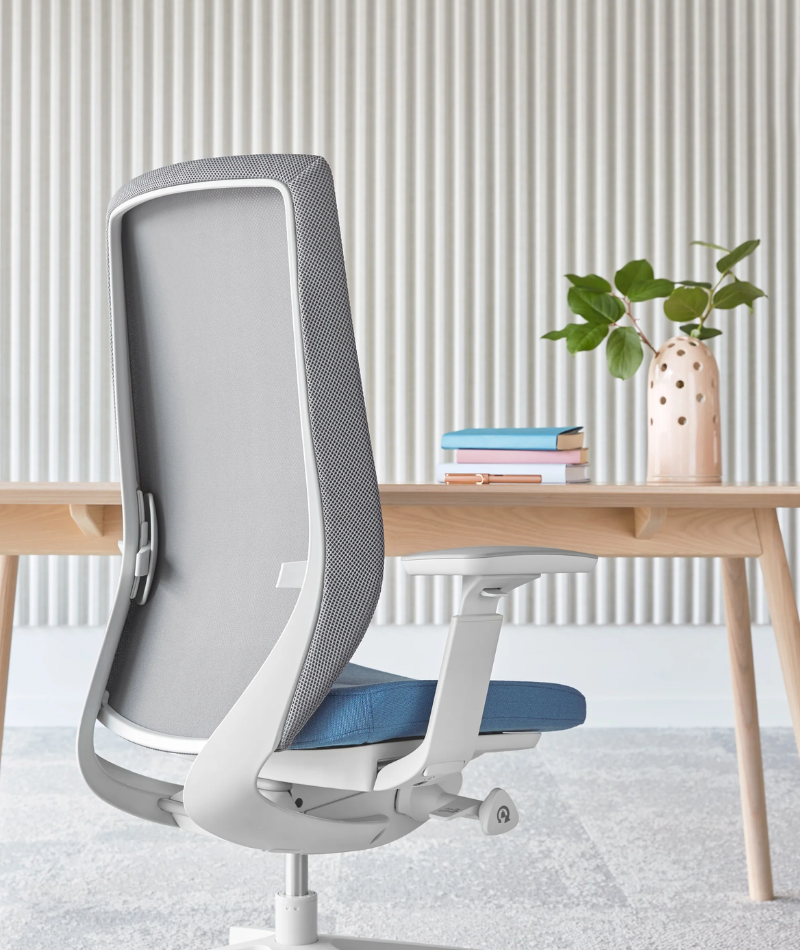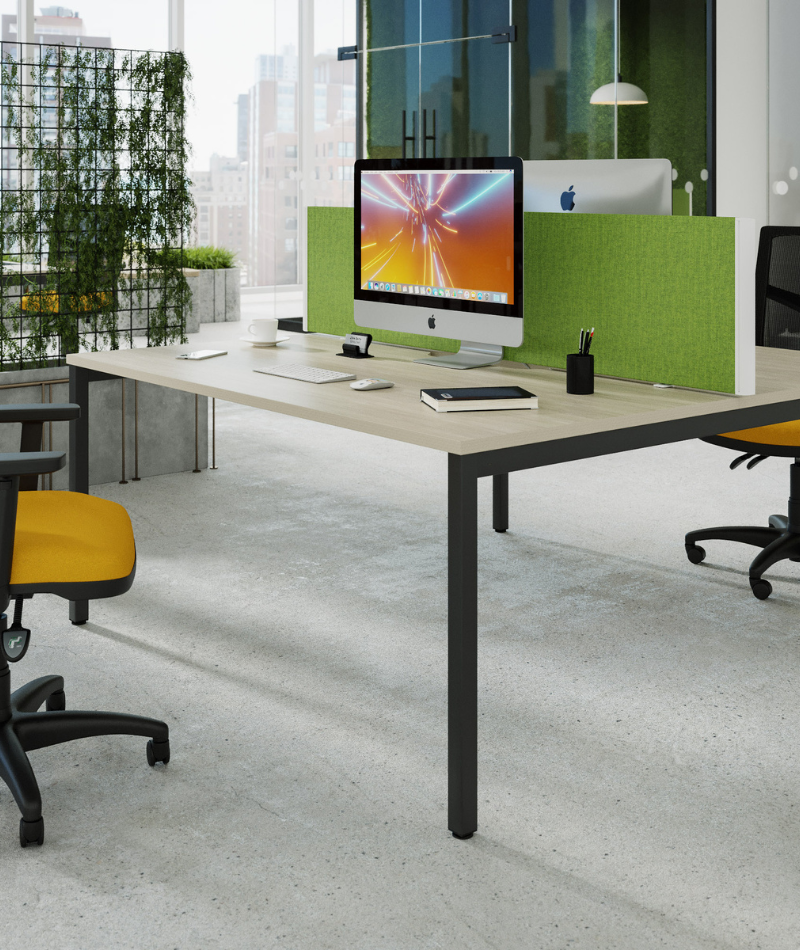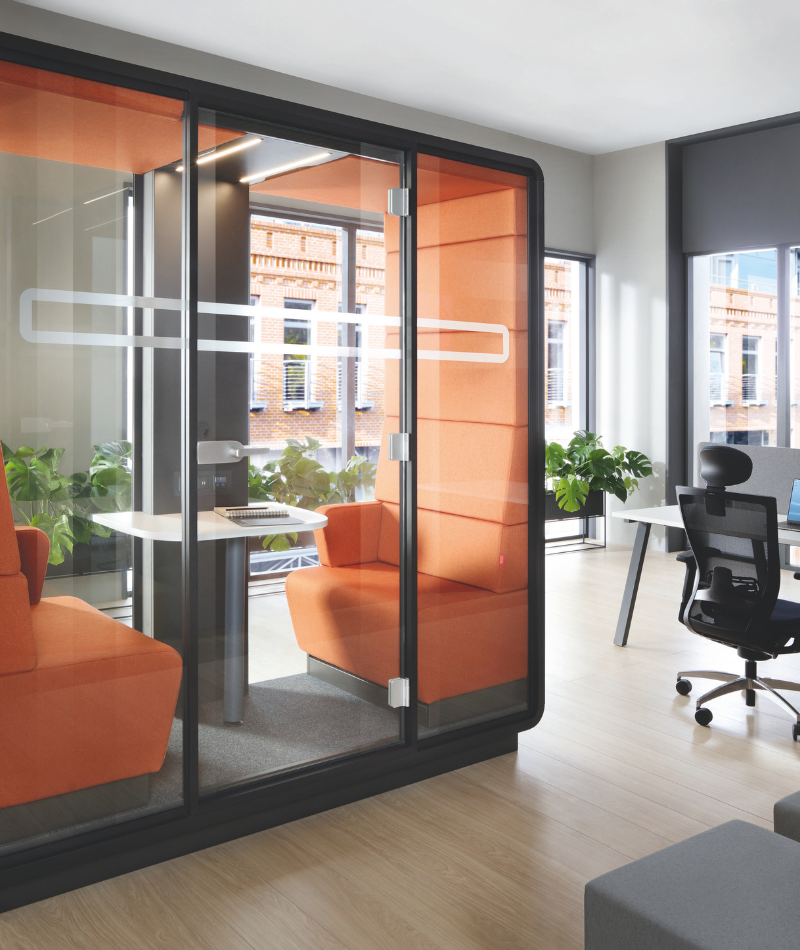Ergonomic Chairs: A Buyers Guide
These days, a lot more of us are working from home, and for most of us, our home furniture wasn’t prepared for the sudden shift to this workstyle. In the office, you might get up to speak with colleagues, or make yourself a cup of tea, but at home it’s easy to become sedentary. The best thing for your postural health is to not remain static and to move around at regular intervals, but sometimes you get stuck at your desk, so your chair should accommodate long hours of being stationary.
What is an ergonomic chair?
Ergonomics is the discipline concerning human interactions within a system, namely the work environment. The aim is to reduce or entirely avoid pain and increase efficiency and comfort. An ergonomic chair is designed to adapt to your body, offering alterations to fit the individual worker’s needs. An ergonomic chair encourages the optimal position for you to sit in, neutral and upright; ideally, it will support your lumbar spine (your lower back) by cushioning the natural s-curve of your spine.
How do I fix my back pain from years of sitting at my desk?
A bad workman blames his tools, yes, but a workman cannot continue working if his tools don’t amply support his needs. If you spend long hours sitting in your chair and suffer from back or joint pain, the good news is that you don’t have to suffer any longer! When we spend long periods remaining static in an unsuitable chair, we are prone to slump, hunch, and slouch, compressing our spines and putting unnecessary pressure on our joints, diminishing the longevity of our working life due to a decline of our health.
A good ergonomic office chair can be adjusted in many ways to support your exact requirements and encourages your neutral, upright position, meaning it’s not just equipped with the usual up/ down lever. When your chair supports healthy posture, your pain reduces, and you won’t be dreading sitting at your desk.
Is slouching in a chair bad for your back?
Definitely.
What should I look for in an ergonomic chair?
There are many features to look for in an ergonomic chair, chiefly stability on a five-point-star base and adjustability. Some adjustable features you may look for include seat height (so your forearms are horizontal, and your feet rest flat on the floor), an inflatable lumbar cushion (to follow the curve of your lumbar spine), a seat slide (to alter your seat depth to support your thighs and reduce the pressure behind your knees), armrests, and potentially castors (for freer movement about a point, rather than leaning).
Some other more sophisticated features to look out for include an adjustable seat angle (to lock into a position you find comfortable with feet flat on the floor, or to unlock to benefit from a little bit of movement), or maybe a headrest (to keep your head in a neutral upright position i.e. not hanging forward and giving you the dreaded “tech neck”).
































































